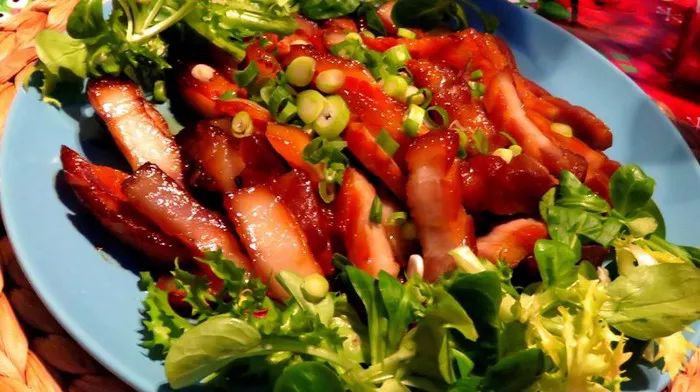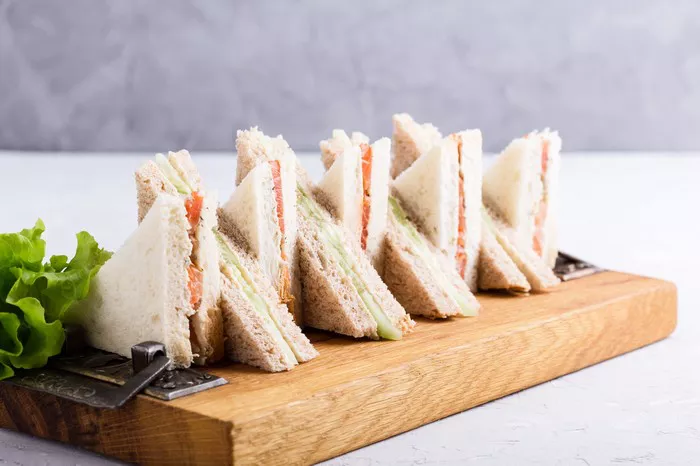As the specter of climate change casts a shadow over food security, scientists in New Zealand are embarking on a groundbreaking journey to cultivate fruit tissue within laboratory settings.
While lab-grown meat has been at the forefront of recent scientific endeavors, similar initiatives focusing on fruit are relatively rare. A team of researchers at Plant & Food Research, located in the southern city of Christchurch, is determined to change this narrative by cultivating fruit tissue from plant cells with the ultimate goal of replicating the taste, aroma, and texture of authentic fruit. Their ambitious mission is underpinned by the aspiration to fortify the nation’s food security in the face of climate-related challenges.
Dr. Ben Schon, the lead scientist of the government-backed Food by Design program at Plant & Food Research, elucidated the rationale behind their efforts. “Here in New Zealand, we’re proficient at cultivating conventional horticultural crops,” he remarked. “However, when we cast our gaze towards the future, we foresee a world characterized by population growth, increasing urbanization, and the omnipresent specter of climate change.”
The innovative program seeks to generate fruit tissue without including the typically discarded components, such as apple cores or orange peels. By providing consumers with only the essential fruit tissue, the project aims to make a substantial contribution to reducing food waste, as noted by Schon.
While lab-grown foods hold great promise for sustainable agriculture, they remain in the nascent stages of development, as highlighted by Dr. Ali Rashidinejad, a senior food scientist at Massey University in Palmerston North, who is not directly involved in the program. As an entirely novel concept, lab-grown food must navigate the arduous process of demonstrating its safety through costly and protracted clinical trials, a journey that may span years, if not decades, according to Rashidinejad.
Furthermore, public acceptance of this pioneering practice will be crucial. While older generations may exhibit hesitancy, research suggests that younger demographics are more amenable to exploring novel food options that offer health benefits while mitigating environmental impact, Rashidinejad explained.
The Plant & Food Research initiative, launched 18 months ago, focuses on cultivating cells from a range of fruits, including blueberries, apples, cherries, feijoas, peaches, nectarines, and grapes. However, the pursuit of creating a nutritional and pleasurable edible product remains a long-term goal, and success is not guaranteed.
Dr. Sam Baldwin, a strategy leader at Plant & Food Research, envisions the technology as particularly suitable for cultivating fruit tissue within urban environments, with the potential to reduce both costs and carbon emissions associated with food transportation into cities. Nevertheless, the carbon footprint of lab-grown fruit compared to conventionally grown produce remains uncertain, especially considering the potential long-distance transportation of traditionally cultivated fruit.
Additionally, this technology could serve as a buffer against food losses resulting from adverse weather events. Earlier this year, Cyclone Gabrielle devastated parts of Hawkes Bay, a region often referred to as New Zealand’s fruit basket. The cyclone struck just as numerous kiwifruit growers were preparing to harvest their crops, underscoring the vulnerabilities posed by unpredictable climate conditions.
Dr. Baldwin reflected on the challenges ahead, stating, “We must recognize the imperative of producing more food for a growing population, all while contending with limited arable land and mounting pressure from an increasingly inhospitable climate. Business as usual may no longer suffice to meet this pressing need.”





















